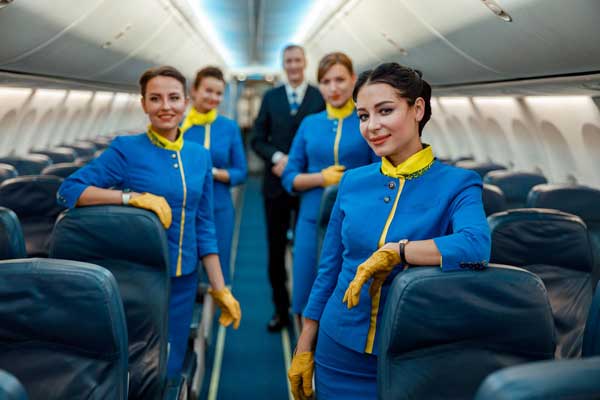Air travel has revolutionized the way we connect with the world. While economy class is the most visible section of a plane, it’s not where airlines make their real money. In this article, we’ll delve into the economics of airline classes, focusing on premium cabins. We’ll base our insights on a British Airways flight, examining how premium cabins contribute significantly to an airline’s revenue.

The Economy Class vs. Premium Cabins Disparity
On a British Airways 777 flight, there are 224 total seats. However, it’s not the economy class passengers who contribute the most revenue. A roundtrip economy class ticket costs $876, generating $106,872 if all seats are filled. In contrast, premium economy, business class, and first class seats make $105,320, $322,704, and $122,010, respectively. The three premium cabins collectively make the airline $550,034. Shockingly, only 45% of passengers account for 84% of the revenue.
Factors Affecting Ticket Prices
The ticket prices mentioned are not standard for all passengers. They vary based on factors like the point of origin. For instance, if you originate your ticket in Stockholm and connect onto the same flight, prices drop significantly. However, the proportion of revenue from different classes remains consistent.
The Evolution of Airline Classes
In the early days of commercial aviation, every passenger enjoyed a premium experience due to the high cost of flying. However, as air travel became more accessible, airlines began to differentiate between classes. The experience itself became a luxury. Later, in the 1950s, airlines introduced different prices for the same flights, creating the first distinction between standard and tourist class.
The Birth of Business Class
The 1960s and 70s marked significant changes in air travel. The introduction of the Boeing 747, the Concorde, and airline deregulation in the US transformed the industry. Airlines aimed to optimize the middle-class, represented by business class, as supersonic flight failed to disrupt the industry.
The Decline of First Class
Despite the resurgence of first class cabins on subsonic planes, today, they are slowly fading away. Airlines find it challenging to justify the significantly higher costs of first-class cabins compared to business class. The difference in passenger experience is minimal, leading to a shift towards expanding business class offerings.
Airlines’ Revenue Strategy
Airlines have mastered the art of selling the same product at different price points. The core product remains the same—a flight from point A to point B. However, the experience within the plane varies significantly between classes, allowing airlines to cater to a diverse customer base.
Conclusion
The economics of airline classes reveal that premium cabins play a pivotal role in an airline’s revenue stream. The historical development of airline classes and the ongoing shift from first class to business class reflect the industry’s adaptability to changing passenger demands and market conditions. As air travel continues to evolve, understanding the dynamics of airline classes provides valuable insights into the aviation industry’s future.
In summary, premium cabins are not just about luxury; they’re a cornerstone of airline profitability, showcasing the fascinating interplay between economics and passenger experience in the aviation world.
